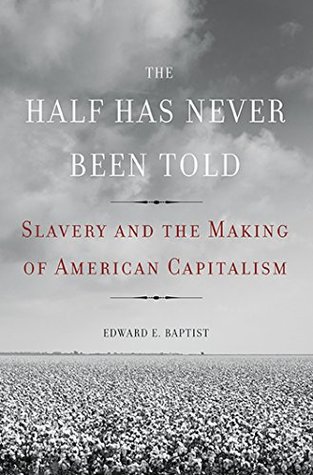More on this book
Community
Kindle Notes & Highlights
Read between
March 5, 2016 - February 11, 2019
Over the next few years, a compromise system emerged across the South: various permutations of “sharecropping,” which meant that African-American households worked individual plots of land as tenants, in exchange for paying the landlord a share of the cotton crop they grew. Landowners and local store owners advanced goods on credit to the sharecroppers, but at high interest rates, often trapping freedpeople in permanent debt.
Yet the Radicals also convinced Congress to pass the Fourteenth Amendment, which by making former slaves equal citizens of a multiracial republic did what no other postslavery settlement had ever done. It wrote into the Constitution a nationwide standard of birthright citizenship that would eventually enable future generations—descendants of slaves and immigrants alike—to undermine racial and cultural supremacy.
Many enslaved cotton pickers in the late 1850s had peaked at well over 200 pounds per day. In the 1930s, after a half-century of massive scientific experimentation, all to make the cotton boll more pickable, the great-grandchildren of the enslaved often picked only 100 to 120 pounds per day.
in the 1930s, a lifetime after the Civil War, the majority of both black and white southerners were poor and worked on farms—often farms that they did not own.


